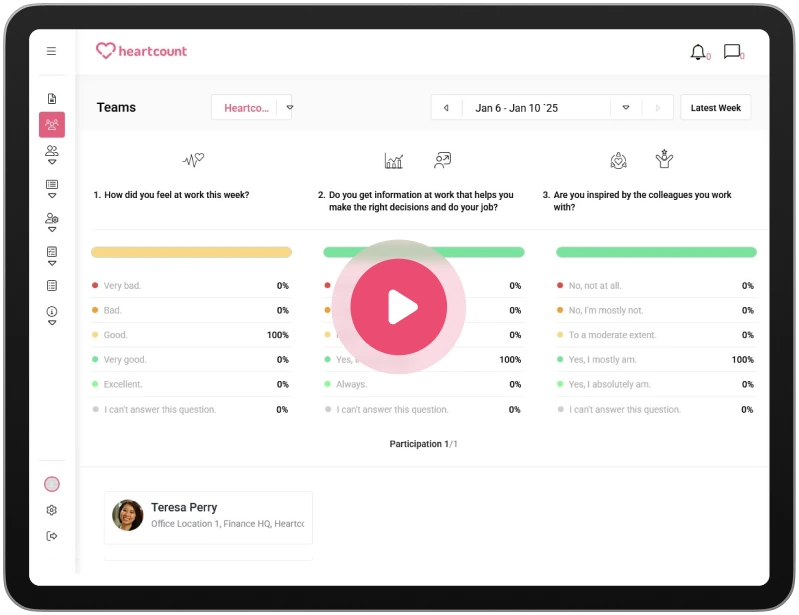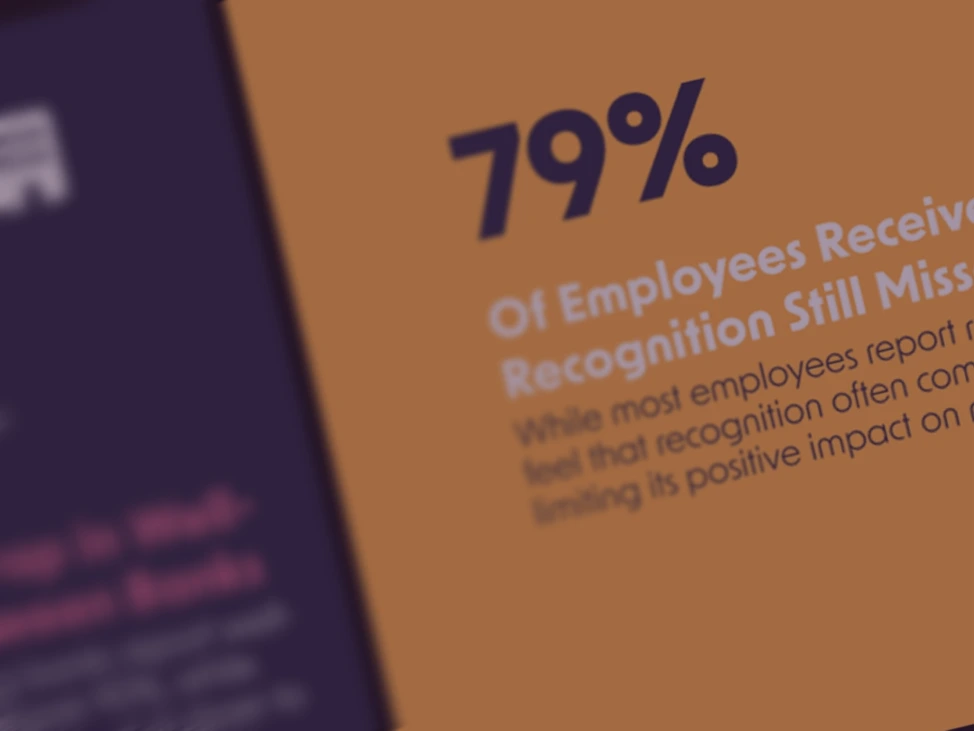Why “Motivation by Pizza” Is Useless

I recently talked to a guy whose store manager came up with an idea to implement a rather embarrassing (but short-lived) safety incentive. Namely, if an employee was caught violating safety procedure, he or she would immediately be given a two-foot rubber chicken on a string to wear around their necks while having meetings with their customers. This employee had to catch another employee who was behaving “unsafely” if they wanted to get rid of the chicken. Soon, this practice turned into a game of hot potato, with employees chasing around the office with the aim to find an employee who was violating some safety procedure just to get rid of the chicken.
It’s common knowledge that people don’t feel so much motivated at work. Here’s the truth: The motivational techniques many managers use simply don’t work. While some of the companies use this rubber chicken technique (fortunately), other companies focus on the standard motivational tools like pep-talks, free-pizza nights, an employee of the month awards, bonuses and others. However, these things don’t drive employees to be better at work. Instead, they are rather harmful to the energy, drive and commitment of employees making them feel manipulated, cynical and demotivated.
The result: Based on Gallup study, 60-80% of workers are not engaged at work. They don’t feel any motivation, passion or loyalty while doing their job. They are investing many hours into their job, but they are not doing their best and they are certainly not happy at work!
To help you get a clear picture of what kinds of motivation there are, we drew a small presentation you can see above. So, there are four different kinds of motivation and only one of them works. Unfortunately, most managers focus exclusively on the other three. Don’t you think this is silly?!
Here are four different types of motivation:
- Intrinsic or extrinsic motivation – Intrinsic motivation is when you want to do something. On the other hand, extrinsic motivation is when someone else tries to make you do something.
- Positive and negative motivation. Positive motivation is when you want to get something – this means that you are motivated to achieve a specific goal. Negative motivation is when you want to avoid something.
If you combine these two dimensions you will get four kinds of motivation. And, voila! You get a four-quadrant model. But, let’s see why three quadrants don’t work.
I recently talked to a guy whose store manager came up with an idea to implement a rather embarrassing (but short-lived) safety incentive. Namely, if an employee was caught violating safety procedure, he or she would immediately be given a two-foot rubber chicken on a string to wear around their necks while having meetings with their customers. This employee had to catch another employee who was behaving “unsafely” if they wanted to get rid of the chicken. Soon, this practice turned into a game of hot potato, with employees chasing around the office with the aim to find an employee who was violating some safety procedure just to get rid of the chicken.
It’s common knowledge that people don’t feel so much motivated at work. Here’s the truth: The motivational techniques many managers use simply don’t work. While some of the companies use this rubber chicken technique (fortunately), other companies focus on the standard motivational tools like pep-talks, free-pizza nights, an employee of the month awards, bonuses and others. However, these things don’t drive employees to be better at work. Instead, they are rather harmful to the energy, drive and commitment of employees making them feel manipulated, cynical and demotivated.
The result: Based on Gallup study, 60-80% of workers are not engaged at work. They don’t feel any motivation, passion or loyalty while doing their job. They are investing many hours into their job, but they are not doing their best and they are certainly not happy at work!
To help you get a clear picture of what kinds of motivation there are, we drew a small presentation you can see above. So, there are four different kinds of motivation and only one of them works. Unfortunately, most managers focus exclusively on the other three. Don’t you think this is silly?!
Here are four different types of motivation:
- Intrinsic or extrinsic motivation – Intrinsic motivation is when you want to do something. On the other hand, extrinsic motivation is when someone else tries to make you do something.
- Positive and negative motivation. Positive motivation is when you want to get something – this means that you are motivated to achieve a specific goal. Negative motivation is when you want to avoid something.
If you combine these two dimensions you will get four kinds of motivation. And, voila! You get a four-quadrant model. But, let’s see why three quadrants don’t work.
Why Extrinsic Motivation Doesn’t Work
“In the laboratory, rats get Rice Krispies. In the classroom, the top students get A’s, and in the factory or office, the best workers get raises. It’s an article of faith for most of us that rewards promote better performance.
But a growing body of research suggests that this law is not nearly as ironclad as was once thought… If a reward — money, awards, praise, or winning a contest — comes to be seen as the reason one is engaging in an activity, that activity will be viewed as less enjoyable in its own right.” – Alfie Kohn (source)
Alfie Kohn has dedicated much of his time and effort into researching and studying motivation. In his excellent book “Punished by Rewards”, Alfie gives a detailed explanation of some serious drawbacks of extrinsic motivation:
- It’s not sustainable – Once you withdraw the reward or punishment, the motivation disappears.
- You get diminishing returns – If you keep punishment or rewards at the same levels, motivation slowly decreases. If you want to get the same motivation the next time you need to give a bigger reward.
- It hurts intrinsic motivation – If you punish or reward people for doing something, they will stop feeling the desire to do that on their own. This means that you have to reward or punish them every time if you want to get them to do it.
Kohn also gives one interesting example. Namely, children in a small town were given points for every book they checked out of the local library during the summer vacation. They could use these points to get a free pizza as a way to encourage them to read books more often. This brought great results. These children really started reading more books that other children. However, as soon as the summer vacation finished, that is, when they no longer had a chance to eat free pizza, those kids read far fewer books than others. To put it simply, their own intrinsic desire to read books had been subsumed by the extrinsic reward. But when the pizza was no longer free, the motivation dropped off as well.
Why Negative Motivation Doesn’t Work
Heart patients who’ve had double or quadruple bypass operations have to live a very simple but challenging lifestyle: They must stop smoking, eating unhealthy food, drinking, and working too much. If they don’t, they die.
This is by far the most negative motivation and there’s the ultimate price they have to pay for not doing it.
So, do you know how many of them actually manage to change their life habits? Two years after the operation, how many of these people have managed to live a new healthier lifestyle?
Take a wild guess!
The answer: 10%.
So, 9 out of 10 patients who were faced with negative motivation are still not able to make simple lifestyle changes. This is why there are so many patients coming in for their second or third heart operations. And this is also strong evidence that negative motivation simply does not work.
Dean Ornish, a doctor, created a program which encouraged heart patients to appreciate life instead of fearing death. During this programme, they meditated, practised yoga, and got a lot of anti-stress counselling. On top of this, they started a healthy diet with the aim to make their life more enjoyable. The result: 2 years later, 70% of the patients managed to maintain their new lifestyles.
The bottom line is that when even death can’t make people change their lifestyle significantly, it is clear that motivation based on avoiding something is simply not as effective as motivation based on achieving something.
COLLECT
So What Does Work?
“We currently act as if people are not inherently motivated, rather that they go to work each day and wait for someone else to light their fire. This belief is common among managers and employees alike…
It is right and human for managers to care about the motivation and morale of their people, it is just that they are not the cause of it.” – From a great book Freedom and accountability at work by Peter Block and Peter Koestenbaum.
So if we remove extrinsic motivation and negative motivation, we have only one quadrant left: Intrinsic positive.
This entirely changes the role of the manager as a motivator. Instead of acting as the source of motivation (kind of a silly idea itself), the manager must encourage and help employees find their own intrinsic motivation.
If you are wondering what enhances intrinsic motivation, go to this webpage which lists the factors that create and sustain intrinsic motivation and cites some research. The list includes:
- Challenge – Having the ability to challenge yourself and accomplish new tasks
- Control – being able to choose what you want to do
- Cooperation – Having the ability to work with other people and help them
- Recognition – Getting positive and meaningful recognition for your work
There are a few more factors I would like to add to this list:
- Happiness at work – People who are happy at their job and who like their job and their workplace very much are more likely to find intrinsic motivation.
- Trust – If you are surrounded by people you can trust, intrinsic motivation is so much easier.
So instead of trying to make people want things using traditional techniques like pizzas and promotions, managers should help their people develop skills and discover meaning at work. There’s one thing managers don’t realize: people want to do good work. If you create a positive, and happy work environment, people will naturally be motivated. Plus, they will motivate each other.
And that surely beats rewards and punishments.
On top of this, I’ve made a podcast that gives a thorough explanation of the same points about motivation.








